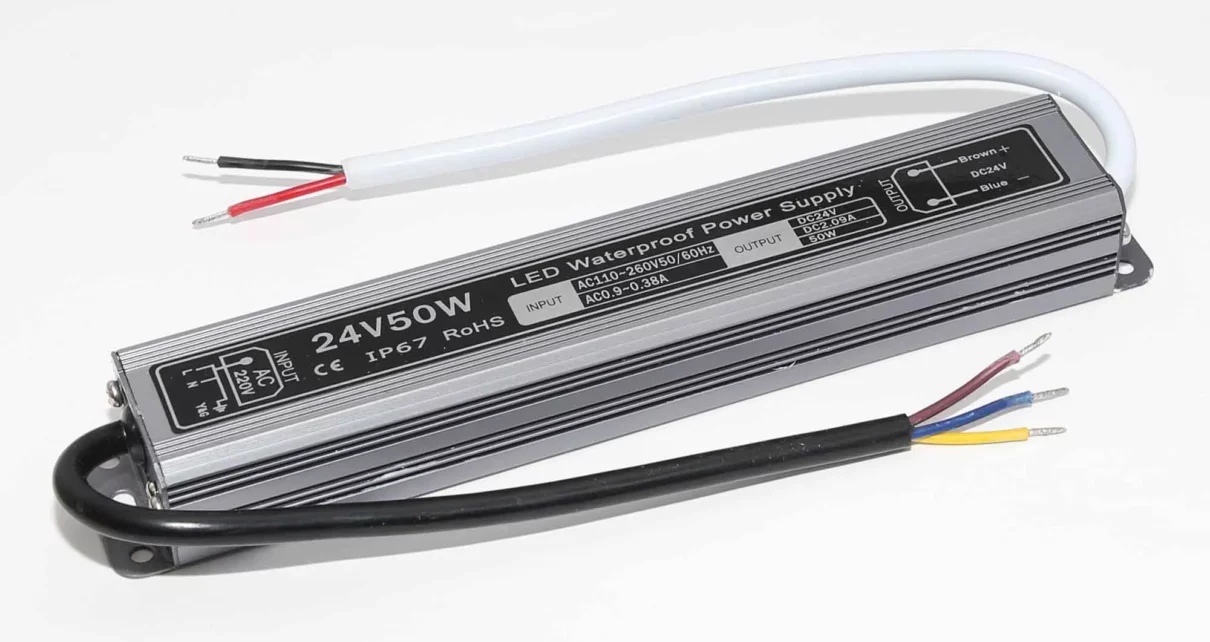To drive LED, the voltage converter LED driver modifies the power supply to a certain voltage current. In general, the LED driver’s input includes high voltage power frequency AC (i.e., city electricity), low voltage DC, high voltage DC, low voltage and high-frequency AC (such as the output of the electronic transformer).
The LED driver power output is primarily a steady current source that can alter voltage as the LED forward voltage drops. The LED power supply’s key components include a switch controller, inductor, switch component (MOSFET), feedback resistor, input filter device, output filter, and so on. There must be input over-voltage protection circuits, input under-voltage protection circuits, LED open circuit protection, over-current protection circuits, and so on, depending on the circumstances.
How does an LED driver work?
Simply put, the forward voltage needs of an LED change as its temperature varies. As the temperature rises, the voltage required to drive current into the LED falls, allowing it to use more power. If the temperature rose unchecked, the LED would burn out, a process known as thermal runaway. LED drivers have power output values that correspond to LED specifications. The constant current delivered by the driver prevents thermal runaway by responding to changes in forward voltage.
Types of LED drivers
LED drivers can be utilized either externally or internally within the LED bulb assembly.
Internal LED drivers
These are often used in household LED bulbs to facilitate bulb replacement; the internal drivers are typically contained in the same housing as the LEDs.
External LED drivers
External drivers are housed separately from the LEDs and are typically utilized for outdoor, commercial, and roadway lighting. These lights require separate drivers, which are easier and less expensive to replace. In the majority of these applications, the manufacturer specifies the type of LED driver to be used for a certain light assembly.
The majority of LED bulb failures are caused by driver failure, and the external driver is easier to replace or repair than the inside driver.
Applications of LED Drivers
The LED parameters that we want to drive decide the application of LED drivers. The two most significant parameters are the input voltage and current. The propagation lamp includes a separate explanation of how to compute the LED lamp’s input voltage and current. This is merely a description of the input of the LED lamp. The original driving settings will be visible to the public.
The relevant LED driver is chosen based on the lamp board’s input voltage and current. For example, if the input voltage of the lamp board is 37-40V and the input current is 300mA, the LED driver output voltage can be adjusted to include it, and the current is practically the same. The surface of the formula, as well as the voltage more or less than all, must be included. Otherwise, flickering will occur. Low current is sufficient.
Finally, to weld the drive or connecting line, just press the positive and negative poles specified by the lamp plate. It should be noted that in the traditional LED-driven output line, the red is the positive pole. The negative pole is represented by black. If it’s a gray line, the gray is the positive pole, and the white is the negative pole. The blue, brown line is the negative pole, the blue line is the negative pole, and so on.
What are Active components in electronics and Their Classification

